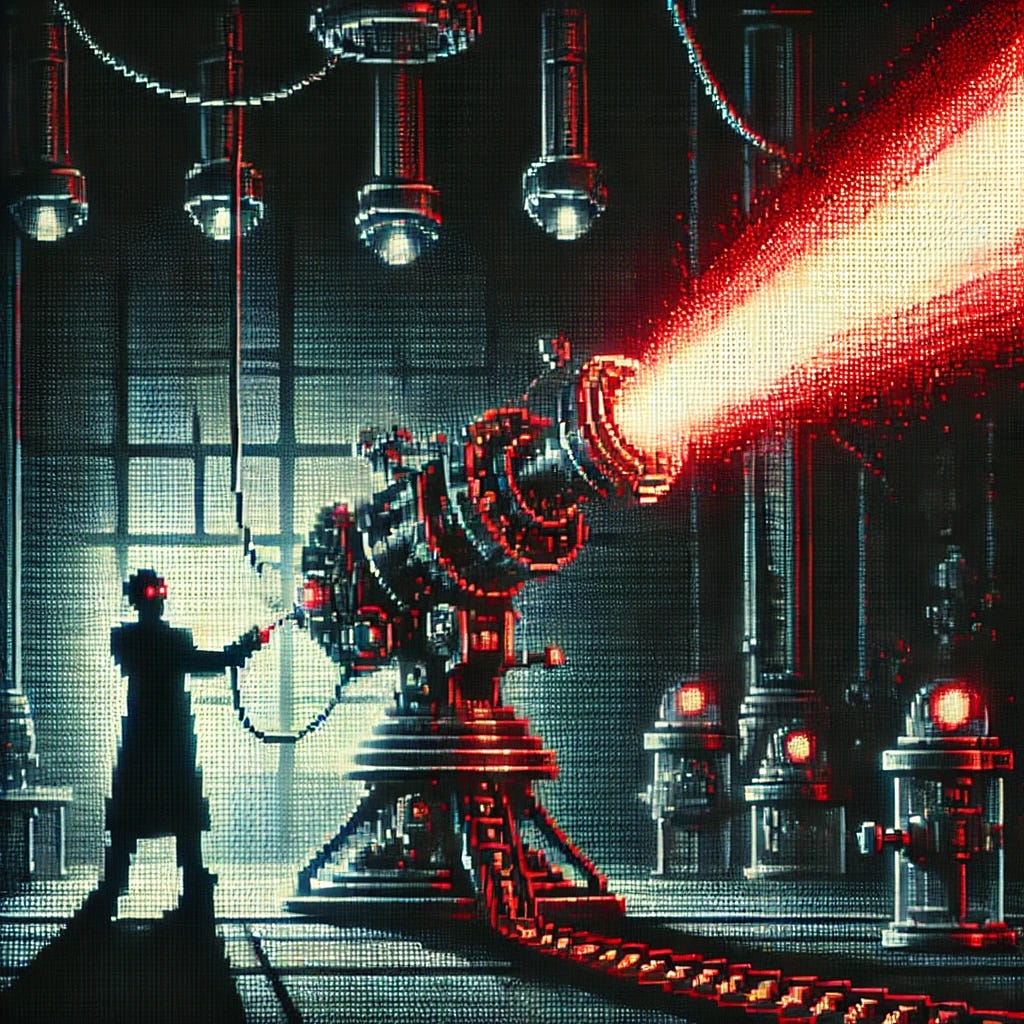Evaluating Sources Rhetorically
Background, exhibits, arguments, and method
Hello Gorgias! is a weekly newsletter devoted to writing, rhetoric, and long-form argument. If you’re enjoying my posts, please consider becoming a subscriber.
If you had to do any research in school, you’ve probably been introduced to the distinction between primary and secondary sources.
A primary source is an original document that emanates directly from the topic. If you were writing a biography of Napoleon, for example, Napoleon’s letters would be a primary source. So would his tax bills, his public speeches, eyewitness accounts of his behavior, etc.
A secondary source analyzes or interprets the primary sources. In a biography of Napoleon, secondary sources would be all of the other books and articles you read about Napoleon in preparation for your project.
Personally, I don’t find this distinction very helpful.
For one thing, it assumes a stable point of reference that doesn’t exist. A primary text in one situation is often a secondary text in another. If we’re writing about Marx, for example, Capital is a primary source. If we’re writing about Ricardo, however, Capital would be considered a secondary source.
More importantly, it doesn’t tell us anything about the evidence itself, or how the writer is actually using it to advance their argument.
BEAM Terminology
Joseph Bizup has developed a more helpful way of categorizing sources.1 It focuses on how evidence is being used and how it functions in the larger context of the argument.
He uses the acronym “BEAM” to describe four different kinds of sources:
Background
Exhibit
Argument
Method
Background refers to “any material the writer relies on for general information or for factual evidence.” Since background evidence refers to anything writers and audiences consider “common knowledge,” writers don’t always explicitly cite these sources.
Exhibits are any material “a writer analyzes or interprets” to make an argument. An exhibit requires framing and can be subject to multiple or conflicting readings. The most common type of exhibit is the example.
If we’re thinking about the “beats” of long-form argument, you could think of your object of analysis as your primary exhibit. It is the example that tests and verifies your theory.
Arguments are any materials whose claim the author engages by affirming, disputing, refining, or extending in some way. I’ll talk more about this in a future post about literature reviews, but every piece of writing is connected to a larger conversation around your topic. Citing arguments is one way to help your reader understand those connections.
Method refers to any “materials from which a writer takes a governing concept or derives a manner of working.” In the past, I’ve defined method and methodology separately. In his approach, Bizup is collapsing these terms into a single category for the sake of convenience.
“BEAM me up, Scotty”
The key takeaway here is that evidence should be categorized according to how writers are using it. According to Bizup, “writers rely on background sources, interpret or analyze exhibits, engage arguments, and follow methods.”
We often evaluate evidence according to whether we think it’s “good” or “bad,” but these are value claims that don’t tell us how writers are using these sources. And they don’t tell us anything about how the evidence functions in the larger context of the argument.
Articles from a fake news website aren’t factually accurate, so they don’t work as background evidence. But they would work as an exhibit if you’re writing a long-form argument about the dangers of fake news.
Still, it’s not enough to categorize sources. We do need some way to qualify and compare different kinds of evidence. In a future post, I’ll discuss how to make decisions about which sources to consider credible.
In the meantime, good luck with your writing!
Bizup, J. (2008). BEAM: A rhetorical vocabulary for teaching research-based writing. Rhetoric Review, 27(1), 72-86.



